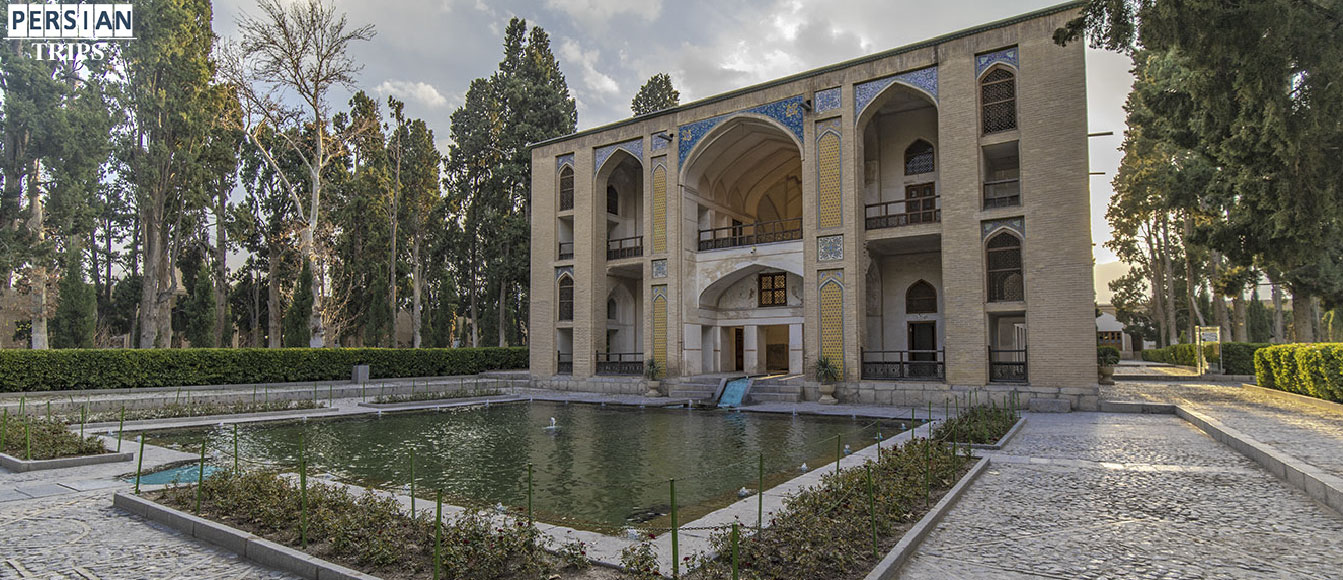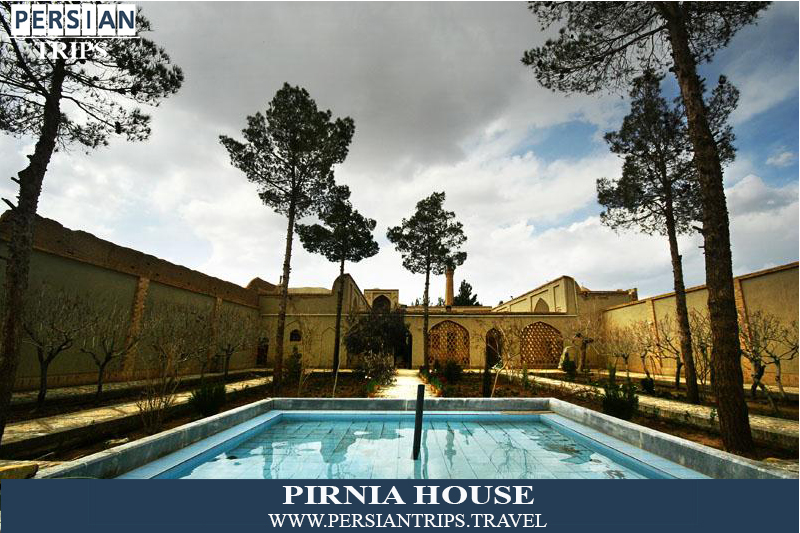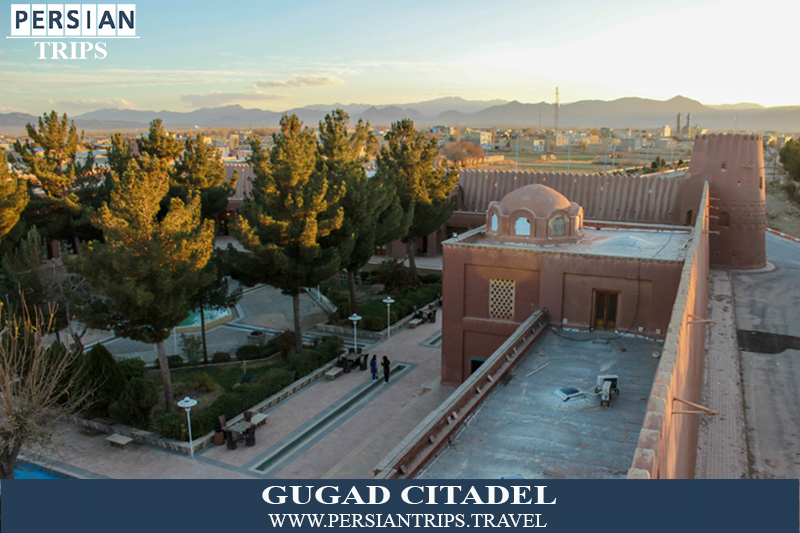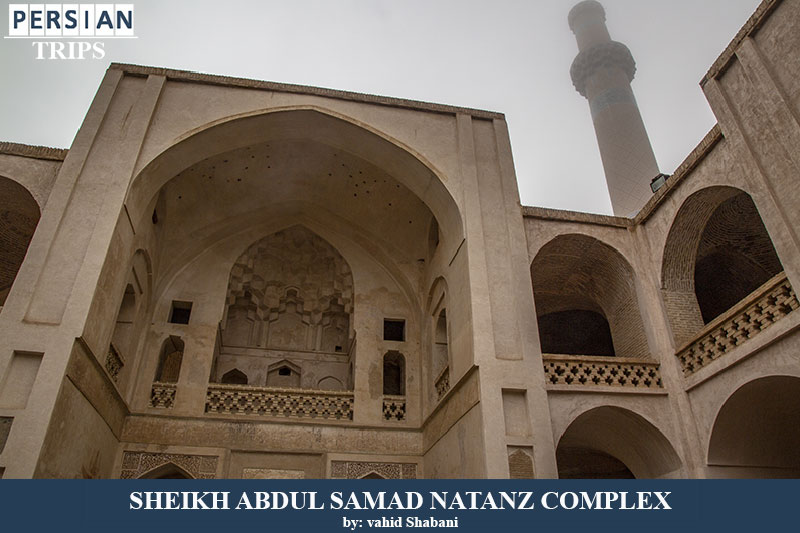Posted in Isfahan Province

Everyone knows Isfahan for its Chehel Sotoun or its famous bridges. But this is not the end. In Khour va Biabanak County, you can see a castle in which, after 1700 years, people's daily life is still going on, and it is a sign of Isfahan's ancient history.
Print
Email
Posted in Isfahan Province

At the end of Isfahan province (near the border of Yazd province) and in Khour and Biabanak County, there are the remains of an ancient castle related to ancient Iran
Print
Email
Posted in Isfahan Province

The history of Iran is full of events and places that no information about them remained in the texts and were forgotten in the historical books. These missingpeople of Iranian history were found only with the help of archeology in the last two centuries
Print
Email


















